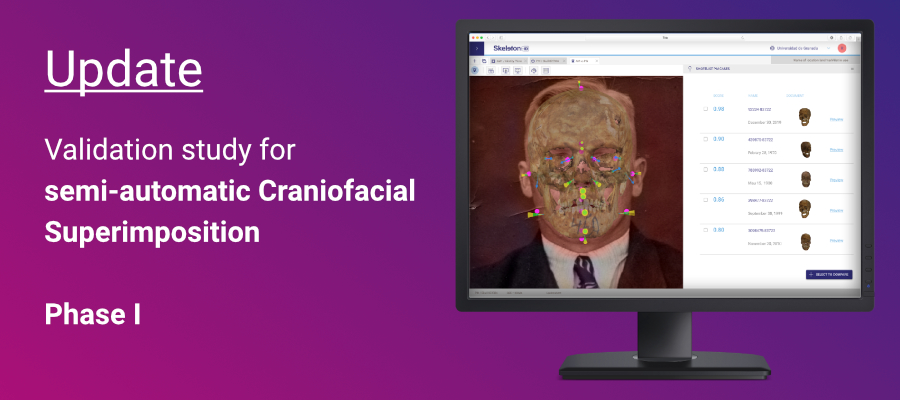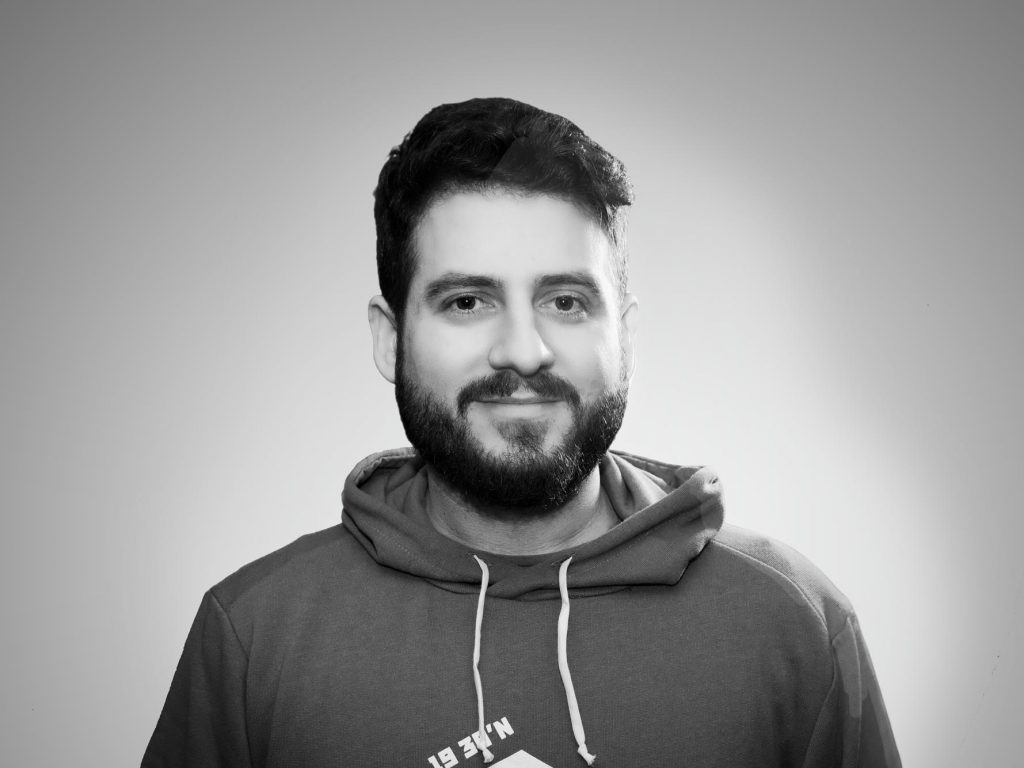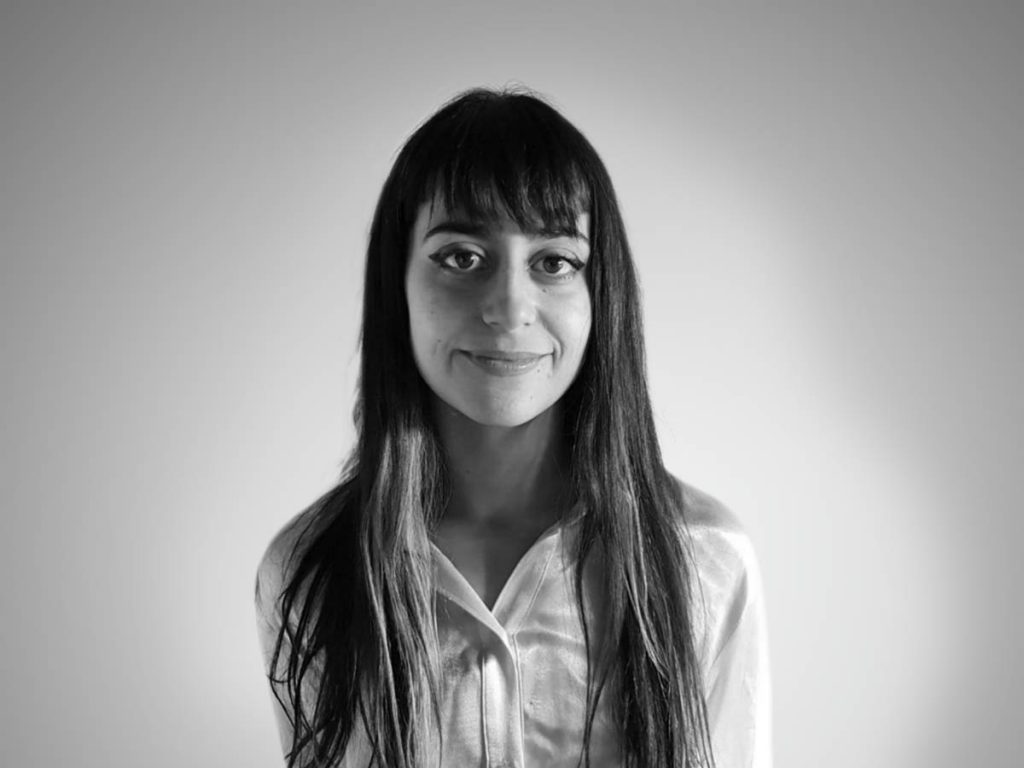Update on the ongoing validation study for semi-automatic Craniofacial Superimposition
Updated on October 18, 2021
Published by Rubén Martos

After an international call for the validation study of semiautomatic Craniofacial Superimposition this summer, we received applications from institutions around the world. Eventually, we are happy to announce that 28 experts and non-experts have decided to join the study.
Participating institutions include
- Viz Lab, Stellenbosch University (South Africa)
- University of Western Australia
- Face Lab, Liverpool John Moores University (UK)
- University Sains Malaysia
- Research center for biodiversity and genomics resources (Portugal)
- Human Remain Services (Ireland)
- Policía científica de Argentina
- National Health Service (Netherlands)
- Universidade de Sao Paulo (Brazil)
- Servicio Nacional de Medicina Legal y Ciencias Forenses de Ecuador
- Universidad de la Magdalena (Colombia)
- Universidad de Granada (Spain)
In August, we started with the first phase of the study, which consisted of training and preparing the participants. Online training was provided through a series of video tutorials with an introduction to Craniofacial Superposition and the Skeleton-ID software, which was completed by a series of manuals with detailed information on the process of locating craniometric and cephalometric landmarks, the analysis of anatomical skull-face correspondences, and eventually decision-making. To put this theoretical knowledge into practice, the participants could use Skeleton-ID to solve three practical cases of different casuistry and levels of difficulty.
During the second phase of the study, the participants have access to a set of 25 3D models of skulls and 47 AM facial photographs of potential subjects. The data used in the study was provided as a courtesy of the Institute of Forensic Anthropology and Applied Sciences of the University of South Florida.
Additionally, the participants have received the automatic location of the anthropometric landmarks, both on the photographs and on the 3D models. In the next step, they will continue with their revision and refinement before performing the superimpositions on the entire set of cases.
If you have any questions, please feel free to get in touch with us.

Rubén Martos
Ph. D. Anthropologist

Rosario Guerra
Ph. D. Student in biomedicine
